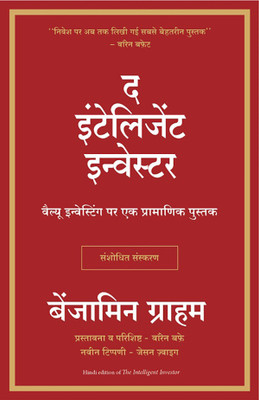
Murach'S Visual Basic 2010 (English, Paperback, Boehm Anne)
- Language: English
- Binding: Paperback
- Publisher: Packt
- Genre: Computers
- ISBN: 9789350230961, 9789350230961
- Pages: 860
Ever since we published the first edition of our Visual Basic .NET book back in 2002, we've been getting comments like these:
"I have a huge library of computer books. Yours are THE best! Your Visual Basic book is so good, I opened it and did the whole application from scratch (even though I'd never tried VB before)."
"I can't praise this book highly enough. The clarity Anne uses in picking what to include, when to introduce it, and how to do so is remarkable."
"I recently picked up your Visual Basic book. A stellar example of how to impart knowledge. Truly a publication well worth the price."
"Had I bought your VB book first, I would have saved myself lots of dollars and several months time."
Now, Anne Boehm continues this tradition of quality and usefulness in the latest edition of our VB text, written for Visual Basic 2010.
So if you're new to VB development...or if you're upgrading to VB 2010 and are looking for an up-to-date reference...you'll find that this book is packed with the information you need, delivered in a way that's made earlier editions such favorites among professional developers:
-
It's concise, practical, and crystal-clear in telling you what you need to know.
-
It shows you how to get the most from Visual Studio 2010 as you design, code, debug, and deploy Windows Forms applications using VB 2010.
-
It gives you solid training in the essential skills that you'll use every day, including data validation...handling numeric, date, and string data…working with arrays and collections...handling exceptions...working with text, binary, and XML files...and understanding how OOP works.
-
It gives you a 4-chapter section on database programming...far more than you'll find in any other VB book, even though database handling is essential in business applications.
-
It introduces you to LINQ, the .NET feature lets you use VB to query almost any data source, from databases to arrays to XML files.
-
It shows you how to build real-world applications so you always see how the features you're learning interact with each other.
- It gives you chapter exercises that let you practice what you're learning and apply your skills in new ways.
In short, if you're going to be working with Visual Basic 2010, take the advice of your fellow developers: Save yourself some time and money by making this book your first choice for VB 2010 education and reference.
Table of Contents
Section 1. Introduction to Visual Basic programming
Chapter 1. An introduction to Visual Studio
Chapter 2. How to design a Windows Forms application
Chapter 3. How to code and test a Windows Forms application
Section 2. The Visual Basic language essentials
Chapter 4. How to work with numeric and string data
Chapter 5. How to code control structures
Chapter 6. How to code procedures and event handlers
Chapter 7. How to handle exceptions and validate data
Chapter 8. How to work with arrays and collections
Chapter 9. How to work with dates and strings
Chapter 10. More skills for working with Windows forms and controls
Chapter 11. How to create and use classes
Chapter 12. How to debug an application
Section 3. Database programming
Chapter 13. An introduction to database programming
Chapter 14. How to work with data sources and datasets
Chapter 15. How to work with bound controls and parameterized queries
Chapter 16. How to use ADO.NET to write your own data access code
Section 4. Object-oriented programming
Chapter 17. How to work with default properties, events, and operators
Chapter 18. How to work with inheritance
Chapter 19. How to work with interfaces and generics
Chapter 20. How to organize and document your classes
Section 5. Other programming skills
Chapter 21. How to work with files and data streams
Chapter 22. How to work with XML files
Chapter 23. How to use LINQ
Chapter 24. How to enhance the user interface
Chapter 25. How to deploy an application
Resources.
Appendix A. How to install and use the software and files for this book
Index.
| Imprint |
|
- 5★
- 4★
- 3★
- 2★
- 1★
- 2
- 2
- 0
- 0
- 0






